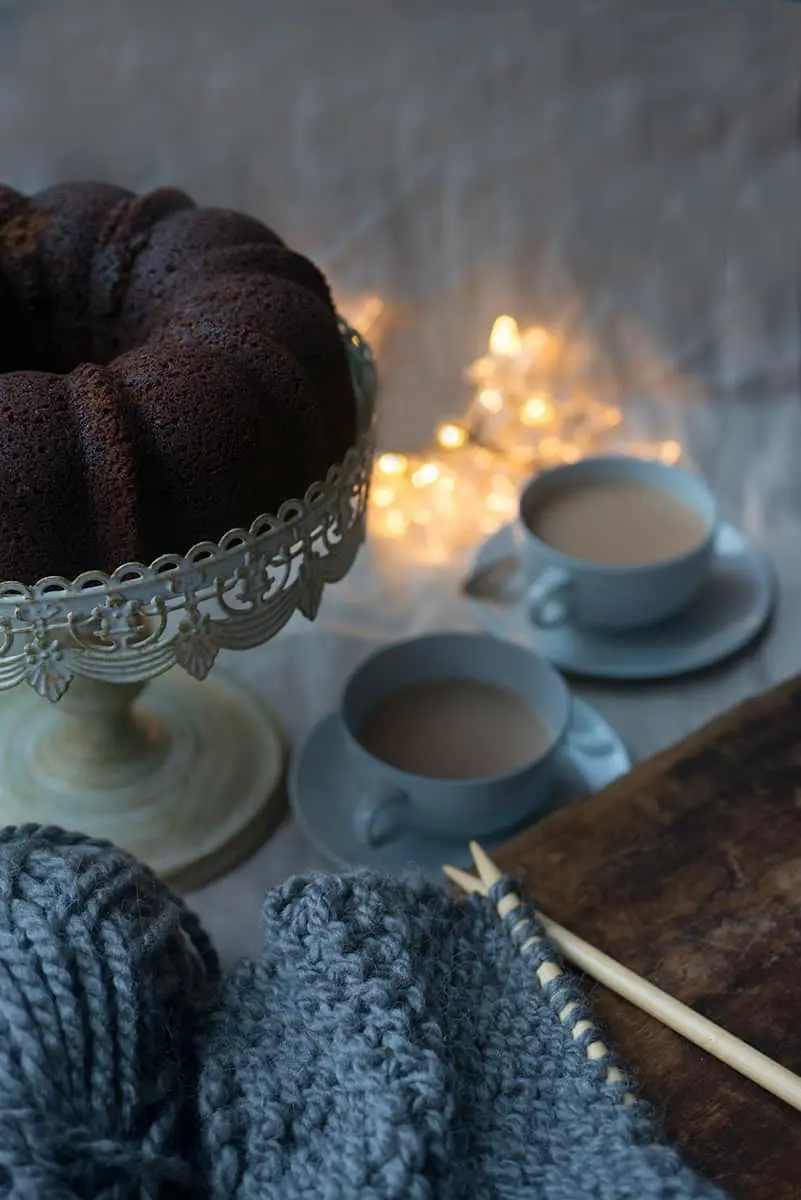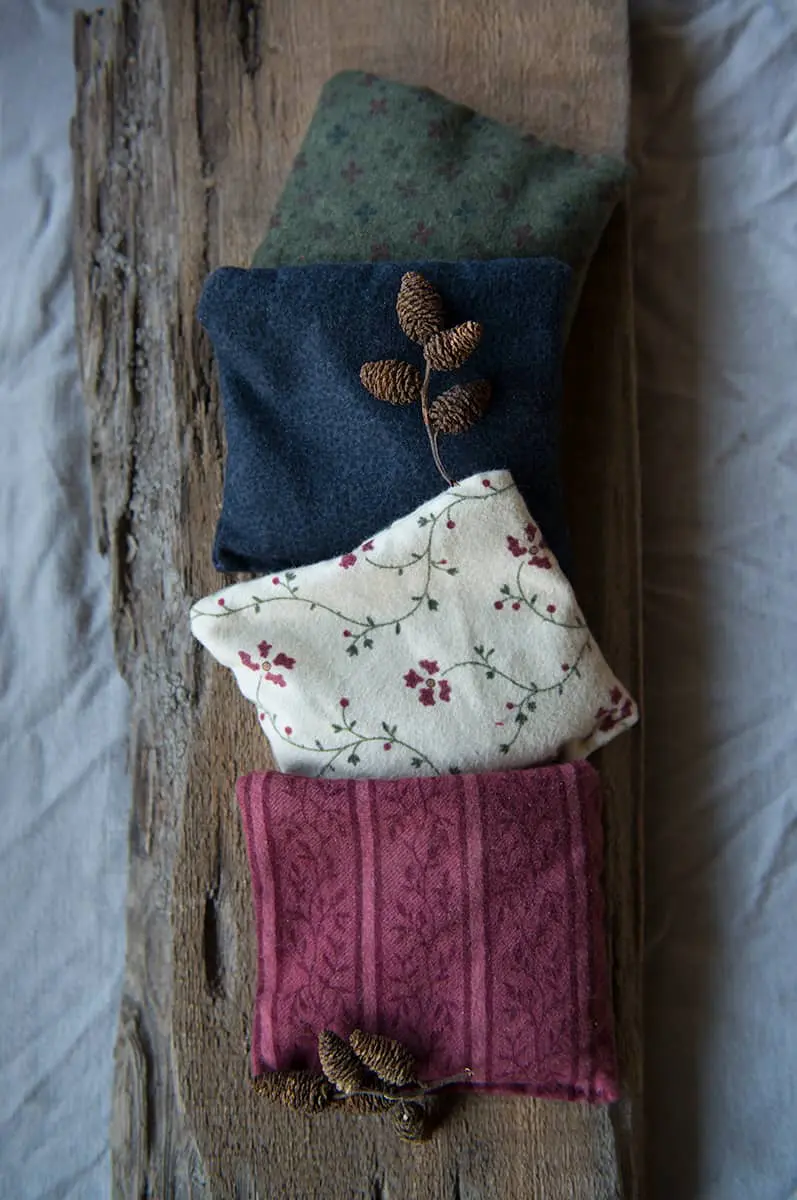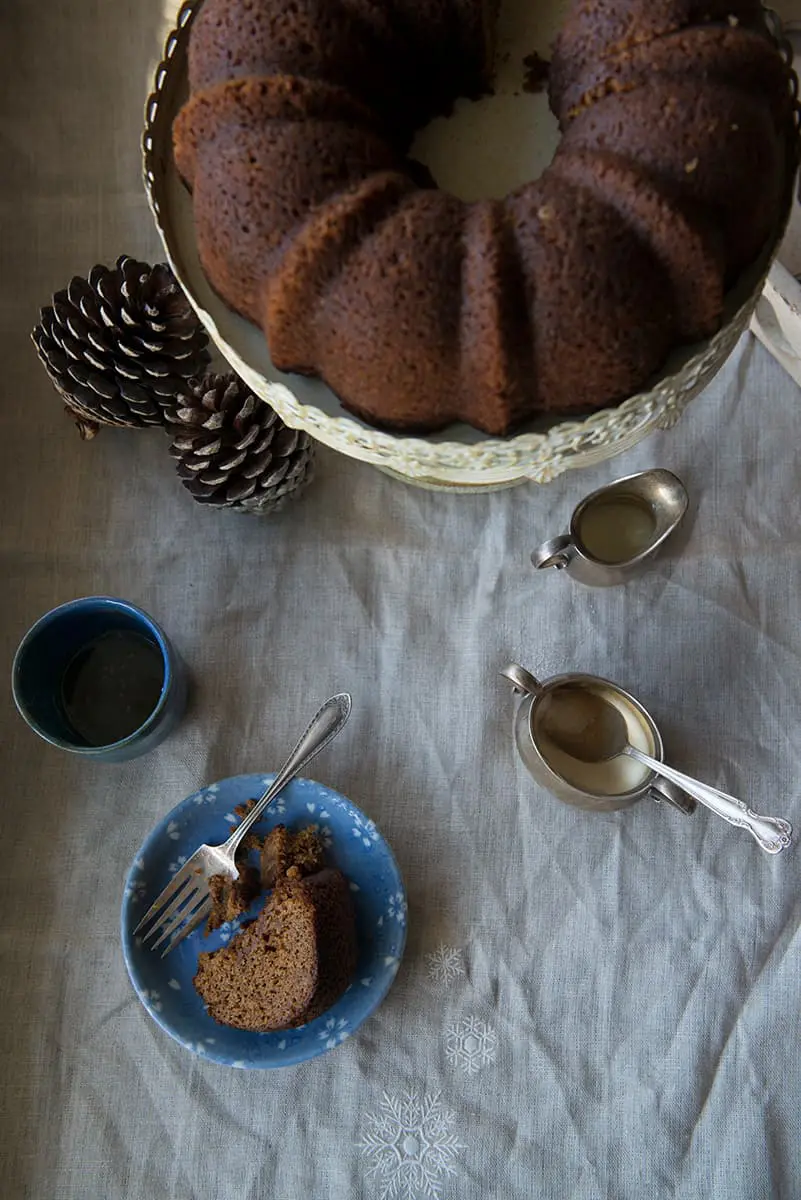By Jonah Lisa Dyer // Photography by Paulette Phlipot
—
Before the winter of 2015, I had never heard the Danish word hygge (pronounced HOO-gah). But after a 17-day trip through Denmark, I became closely acquainted with the concept.
I say “concept” because, despite what you may have heard or read about hygge (it has invaded public discourse like the Vikings crossed the British Isles), it really doesn’t refer any one specific “thing.” It is, instead, more of a general vibe.
According to The Little Book of Hygge: Danish Secrets to Happy Living, by Meik Wiking, “Hygge is about an atmosphere and an experience, rather than about things. It’s about being with people we love. A feeling of home. A feeling that we are safe, that we are shielded from the world and can allow ourselves to let our guard down.”
Sure, things can be hygge, but hygge is way more than a thing. It’s a cultural philosophy. And Mr. Wiking should know: He’s also the CEO of the Institute of Happiness in Copenhagen. (Yes, they have an actual Institute of Happiness.)
My trip was fascinating—but exhausting. I crisscrossed Denmark by train, van, and foot. I stood on the foggy ramparts of Elsinore; I clambered up the Round Tower in Copenhagen; I held fearsome weapons and tried on 400-year-old armor at a medieval monastery; and I toured the National Treasury where I had a private audience with the crown jewels. I can go pretty deep on the subject of the Danish Empire, but what kept me from crumpling under the grueling schedule was that at all locations—including state offices, museums, private estates, and castles—we ended each meeting with an hour break for some quality hygge.
“Hygge is about an atmosphere and an experience, rather than about things. It’s about being with people we love. A feeling of home. A feeling that we are safe, that we are shielded from the world and can allow ourselves to let our guard down.”
Once the daily tour ended, I was invited into a museum director’s paneled study or I descended into the basement kitchen of a sixteenth-century castle to sit by a fire in the hyggekrog (cozy nook), have a small snack (they don’t call them Danishes for nothing) and a warm beverage, and enjoy a little hyggesnak (small talk) at Every. Single. Place.
These encounters not only made the pace of the trip bearable, they also taught me more about the Danish people and their culture than any other part of the journey. Rushing off to the next site on my itinerary in typical American fashion was never an option and would have been considered the height of rudeness. The Danes feel it’s essential to their collective and individual happiness to create the space and take the time for true intimacy.
Who was I to argue?
According to the United Nation’s annual World Happiness Report, Denmark ranks among the top five happiest countries in the world (since 2012)—swapping places with the other Scandinavian countries. I didn’t bother searching further back—seven years was enough of a winning streak to convince me that the Danes clearly know a thing or two about happiness. So the minute I got home, I began to integrate hygge into my own life. My crash course taught me to focus on two main components: comfort and connection.
Making the Space
First and foremost, you need to make a space for hygge to happen. Creating a relaxing and comfortable environment—one that is intangible yet can be detected through the senses, according to Wiking—is step one to embarking on the journey. “Hygge has a taste, a sound, a smell, and a texture,” writes Wiking. If you simply focus on engaging all five senses, you automatically create a hyggeligt (hygge-like) atmosphere. But don’t stress about getting it perfect. That’s very un-hyggeligt!
You don’t necessarily have to create your own space for hygge. Plenty of coffee shops and restaurants have already done it for you. Persephone Bakery in Jackson or Rise Coffee House in Driggs, for example, are both wonderful spaces to meet up for a morning or mid-day hygge session.
Valuing the Connection
Once the setting is created, it’s time to connect. That means turning off your phone, putting aside the day’s indignities and dramas, and really being—just being—with other people. Invite a small group of friends over for a casual dinner. Or just sit and enjoy unscheduled time with your family. Talk, connect, listen, express gratitude, and, above all, don’t rush. Hygge takes time.
It turns out two of my favorite past times, knitting and reading, are incredibly hyggeligt. And while book clubs and knitting groups are hothouses for hygge, you can create impromptu connection at home any night of the week. The Danes prefer Fredagshygge on Friday nights after the workweek and Sondagshygge on a slow Sunday afternoon.
Other great ways to bring hygge into a group is by playing cards or board games, reading aloud or listening to audiobooks together, and cooking as a family. Even watching a movie or television show together can be hygge if it’s done with laughter, presence, and a big bowl of popcorn.
As mountain dwellers, we all know that you can take hygge outside, too. Sledding, bonfires, and stargazing all allow nature to create the setting. All you need is a warm scarf and someone to lock arms with.
In fact, the Tetons are hardwired for hygge. And while we might not have a fancy word for it (“après ski” is close, but a little rowdier in my experience), we still value the same type of comfort and connection as the Danes.
There are many reasons to call Scandinavians “a happy bunch,” but much of it resides in where they place their attention. Their culture emphasizes and values quality human interactions over almost everything else. That’s what hygge is all about: taking that little bit of extra time out of your day, week, or season to share warmth and conviviality with others in a cozy, relaxing space.
And who couldn’t use a little more of that?
For a local guide to hygge provisions, visit jacksonholemagazine.com/cozy-contentment.
A Five-Sense Hygge Guide
—
1. TOUCH
- Soft pillows
- Warm blankets
- Big scarves
- Hyggebukser (comfy pants)
- Hyggesokker (cozy socks)
2. SIGHT
- Candles and soft lighting
- Natural materials—wood, ceramics, antlers, sheepskins
- A starry night
3. SMELL
- Essential oil diffusers
- Bread in the oven
- Soup on the stove
- Fresh flowers
4. TASTE
- Cakes and cookies
- Chocolate
- Coffee or tea
- Mulled cider or glogg (mulled wine)
5. SOUND
- A crackling fire
- Soft music
- The clicking of knitting needles
- Wind through the trees
Toasty Hand Warmers
—
This simple holiday craft makes a great gift for teachers, neighbors, or friends. Or place them in a bowl by the front door as gifts to guests departing your holiday gathering.
—
Flannel fabric
Short-grained rice (dry)
Essential oils (cinnamon, peppermint, clove, or lavender)
Straight pins
Color-matched thread
Tags or card stock
Ribbon
Sewing machine
Scissors
Iron
- Cut out pairs of 3 ½-inch squares.
- Place 2 squares of fabric on top of each other, wrong sides out, and pin them in place.
- Sew together 3 sides of the square with corresponding thread, leaving a 1/4-inch seam allowance.
- Flip the pockets right side out. Then tuck in ¼ inch of the remaining raw edge and press the pocket flat with an iron
- In a mixing bowl, mix the dry rice with 10 to 20 drops of essential oil. You can use a single oil or create your own seasonal blend (i.e. cinnamon and ginger, vanilla and peppermint, orange and clove, or juniper and pine).
- Place several spoonfuls of scented rice into each pocket to desired fullness.
- Pin the pocket closed to keep the rice in place, and then sew the open end shut. Trim loose threads.
- Tie two hand warmers together with ribbon or twine and include an instruction tag that says “microwave the warmers for 30 seconds before use.”
Fresh Ginger Cake
—
This family favorite has a real ginger bite. It’s the perfect warming snack for a cold winter night and pairs great with coffee, tea, cocoa, or cider.
—
2 tablespoons coconut oil
8 ounces fresh ginger (approx. two 6-inch pieces)
3 cups flour
2 teaspoons baking soda
1 teaspoon salt
1 ½ cups sugar
1 cup (2 sticks) butter, softened
2 large eggs
²⁄3 cup molasses
¹⁄3 cup hot water
- Preheat oven to 350º and coat a 3-quart Bundt pan with coconut oil.
- Peel and chop the ginger; pulse it in a food processor to equal approximately 1 cup.
- In a medium bowl, combine flour, baking soda, and salt.
- In a large bowl, cream together the sugar and butter. Then add the eggs, molasses, and hot water. Stir until smooth.
- Add the dry ingredients to the wet and stir until just incorporated, then fold in the ginger.
- Pour the batter into the prepared Bundt pan.
- Bake for 45 minutes, and then let the cake cool for 1 hour.
- Flip the pan over onto a cake plate to remove the cake. Dust it with powdered sugar.
- Serve cake slices with homemade whipped cream and a hot drink.
A Holiday Hygge Practice
—
Jolabokaflod (yo-la-BOK-a-flot) refers to the Icelandic tradition of exchanging books on Christmas Eve. It literally means “Yule Book Flood,” and this custom is as hyggeligt as a sleigh ride!
A few years ago my family layered Jolabokaflod onto our Christmas Eve tradition of opening a gift of new pajamas—and we added a fancy chocolate bar to the mix, for good measure. Now, on Christmas Eve, we all open our special present, and then spend the rest of the night in our new jammies, reading books and eating chocolate together in front of the fire.






